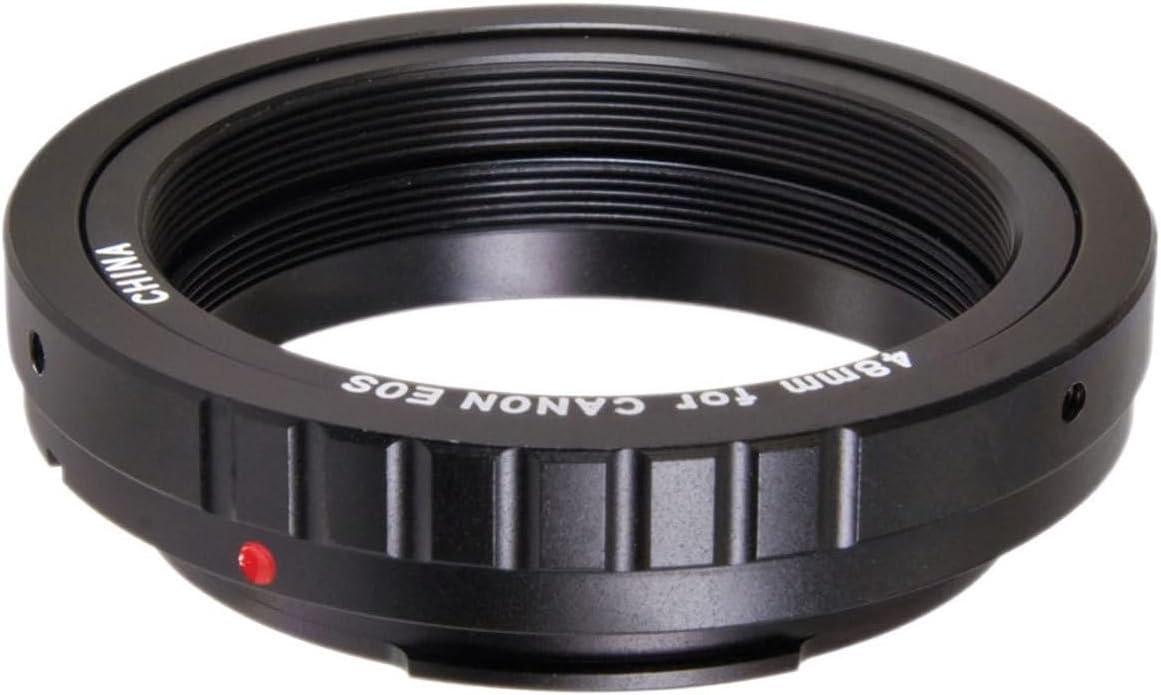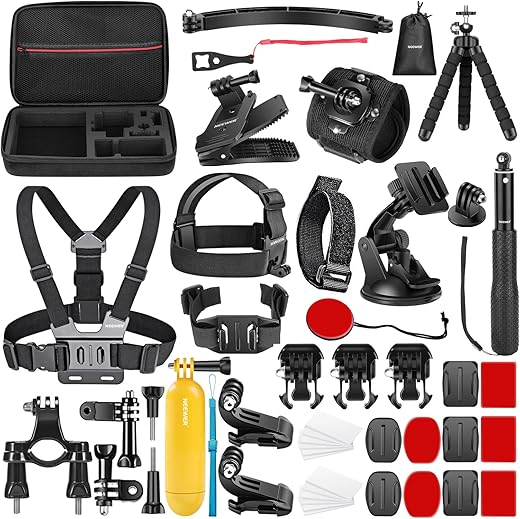
Choosing the Right Lens Color for Fishing Sunglasses
Imagine spending a serene day on the water, casting your line and feeling the thrill of the catch. As any seasoned angler knows, fishing is not just a hobby; it’s a way of life that requires the right tools and a deep understanding of nature. One essential tool that often goes overlooked is a good pair of sunglasses. Not just any sunglasses, but fishing sunglasses with the right lens color. In this blog post, we will delve into the importance of choosing the right lens color for fishing sunglasses and help you make an informed choice that will enhance your fishing experience. So, grab your gear and join us as we uncover the world of lens colors and how they can make all the difference when it comes to reeling in that big catch.
Top Picks for Stylish and Functional Fishing Sunglasses






Understanding the Importance of Lens Color
As a keen angler, you probably know the importance of having the right sunglasses to enhance your fishing experience. Not only do sunglasses protect your eyes from harmful UV rays and reduce eye strain, they also improve visibility and allow you to better spot fish in the water. One crucial factor to consider when choosing fishing sunglasses is the lens color. In this blog section, we’ll delve into why lens color matters and how different lens colors can affect visibility, contrast, and glare reduction.

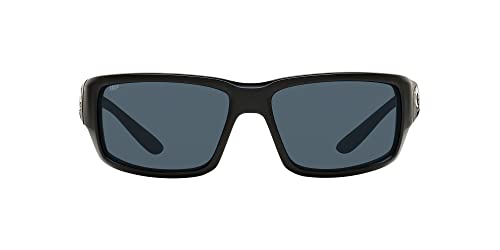
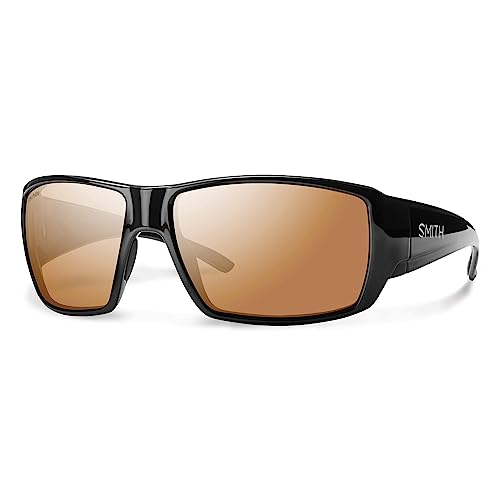
The Role of Lens Color in Fishing Sunglasses
The lens color of your sunglasses plays a significant role in how you perceive the environment around you while out on the water. Selecting the appropriate lens color is paramount to enhancing your fishing performance. Different colors have distinct advantages, and understanding these differences can help you match your sunglasses to specific fishing conditions and species.
Impact of Lens Color on Visibility
The lens color of your fishing sunglasses can greatly impact your ability to see underwater. Clear Lens can be beneficial for low-light conditions or when fishing in heavily shaded areas as they do not alter natural colors but provide clarity. However, in most fishing scenarios, you’ll want lenses that enhance visibility. Here’s a breakdown of some common lens colors and their effects on visibility:
- Amber/Yellow Lens: Amber or yellow lenses provide increased depth perception and improve contrast in low-light conditions. They enhance visibility in foggy, cloudy, or early morning conditions.
- Copper/Brown Lens: Copper or brown lenses are excellent for cutting through glare and enhancing contrast. They are ideal for sight fishing and enhance visibility in shallow water.
- Gray/Smoke Lens: Gray or smoke lenses preserve natural colors and are suitable for bright, sunny days. They reduce glare without distorting colors, making them a versatile choice for most conditions.
Enhancing Contrast with Lens Color
Contrast is crucial for spotting fish amidst the water’s reflective surface. Lens colors that enhance contrast can make a substantial difference in your ability to detect underwater movement. Here’s how different lens colors affect contrast:
- Amber/Yellow Lens: These lenses excel at enhancing contrast against green and blue backgrounds, making them ideal for freshwater fishing.
- Copper/Brown Lens: Copper or brown lenses enhance contrast against green and blue backgrounds as well but tend to be more effective in coastal and saltwater environments.
- Gray/Smoke Lens: Gray or smoke lenses preserve natural contrast and make it easier to spot subtle movements underwater.
The Role of Lens Color in Glare Reduction
Glare from the water’s surface can be extremely bothersome during fishing, impacting your vision and causing eye strain. Choosing the appropriate lens color can significantly reduce glare and provide a more pleasant fishing experience. Here’s a breakdown of how different lens colors affect glare reduction:
- Amber/Yellow Lens: These lenses are excellent at reducing glare caused by blue and UV light. They are especially effective in overcast or low-light conditions.
- Copper/Brown Lens: Copper or brown lenses are the go-to choice for reducing glare and enhancing visual comfort. They tend to block out more blue light, making them ideal for bright, sunny days.
- Gray/Smoke Lens: Gray or smoke lenses provide good glare reduction, making them suitable for a wide range of fishing conditions.
Choosing the Right Lens Color
When deciding on the lens color for your fishing sunglasses, it’s crucial to consider the prevailing weather conditions, fishing environment, and personal preferences. Here’s a quick comparison table summarizing the key points:
| Lens Color | Visibility | Contrast | Glare Reduction |
|---|---|---|---|
| Amber/Yellow | Increases depth perception | Enhances contrast against green and blue | Reduces glare caused by blue and UV light |
| Copper/Brown | Cuts through glare and enhances contrast | Enhances contrast against green and blue | Reduces glare and offers visual comfort |
| Gray/Smoke | Preserves natural colors and is versatile | Preserves natural contrast | Provides good glare reduction |
By understanding the impact of different lens colors on visibility, contrast, and glare reduction, you can now make an informed choice when selecting fishing sunglasses that best suit your needs and fishing conditions.
So, whether you prefer amber, copper, or gray lenses, make sure to consider the lighting conditions, fishing environment, and your personal fishing style to optimize your visual experience and increase your chances of a successful day on the water.
Factors to Consider when Choosing Lens Color
When it comes to selecting the right lens color for your fishing sunglasses, there are several factors you should consider. The lens color not only affects your vision underwater but also enhances your overall fishing experience. In this blog post, we will discuss the various factors that should influence your lens color choice, including water conditions, weather, target species, and personal preference.


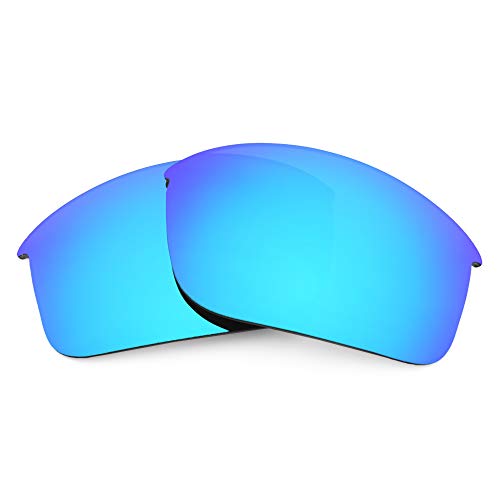
Water Conditions
The color of the water you’re fishing in plays a significant role in determining the ideal lens color for your sunglasses. Different water conditions require different lens colors to optimize visibility. Here are the lens colors that work best in various water conditions:
- Amber/Brown: Ideal for fishing in freshwater, especially cloudy or murky water. Amber or brown lenses enhance contrast and improve depth perception, making it easier to spot fish in low visibility situations.
- Gray: Recommended for fishing in clear or saltwater environments. Gray lenses provide true color perception and reduce glare, ensuring clear vision in bright conditions.
- Copper: Similar to amber or brown lenses, copper lenses excel in enhancing contrast but work particularly well in partially cloudy or partly sunny water conditions.
- Yellow: Exceptional for fishing in low-light situations, such as dawn or dusk. Yellow lenses enhance visibility in dim lighting conditions, allowing you to see more clearly.
Weather
The weather conditions you’ll encounter while fishing can also influence the lens color you choose for your sunglasses. Different weather conditions affect lighting and visibility, which can impact your fishing success. Consider the following options:
- Mirrored Lenses: Excellent for bright and sunny days, mirrored lenses reduce glare, reflections, and improve overall vision clarity. They are particularly beneficial when fishing in open water or when sunlight is reflecting off the water’s surface.
- Polarized Lenses: Suitable for various weather conditions, polarized lenses block horizontally polarized light, reducing glare and improving visibility. They are perfect for reducing strain on the eyes caused by intense sunlight or bright reflections.
- Photochromic Lenses: These lenses adapt to changing lighting conditions by darkening when exposed to bright light and becoming lighter when the light fades. Photochromic lenses are versatile and ideal for unpredictable weather conditions.
Target Species
The type of fish you are targeting can also influence your choice of lens color. Certain lens colors make it easier to spot specific fish or their habitats. Consider the following options:
- Green: Ideal for sight fishing in freshwater, especially in areas with ample underwater vegetation. Green lenses enhance contrast and highlight the presence of fish amidst foliage.
- Red: Particularly useful when targeting fish species that live deeper in the water. Red lenses improve visibility in deep water, helping you see the subtle movements and behavioral patterns of your target species.
Personal Preference
Lastly, personal preference is an essential factor in choosing the right lens color for your fishing sunglasses. Some anglers have specific color preferences based on comfort or style. Always opt for a lens color that you find visually appealing and comfortable to wear for extended periods.
In conclusion, selecting the right lens color for your fishing sunglasses involves considering water conditions, weather, target species, and personal preference. By understanding these factors, you can make an informed decision and enhance your fishing experience. Happy fishing!
Disclaimer: The information provided in this blog post is for informational purposes only. It is always advisable to consult with an optometrist or eyewear professional to determine the best lens color for your individual needs and eye health.
Popular Lens Colors for Fishing Sunglasses
When it comes to finding the ideal pair of fishing sunglasses, choosing the right lens color is just as important as selecting the perfect frame style. Different lens colors offer various benefits, catering to specific fishing conditions and personal preferences. In this article, we will explore some of the most popular lens colors used by anglers and delve into their specific advantages.



Gray Lenses
Gray lenses are a popular choice among anglers as they provide excellent color recognition and maintain true color integrity. The neutral tint of gray lenses ensures minimal distortion, allowing you to see the vibrant hues of the underwater world as they are. Some key benefits of gray lenses for fishing sunglasses include:
- Reducing overall brightness without altering color perception.
- Minimizing glare on the water’s surface.
- Providing natural color contrast, making it easier to spot fish movements.
- Ideal for use in bright conditions, especially open water fishing.
Amber Lenses
Amber lenses are renowned for their versatility and suitability for various fishing environments. They enhance visual acuity in low-light conditions, making them a popular choice for early morning or late evening fishing trips. Benefits of amber lenses for fishing sunglasses include:
- Filtering out blue light and enhancing contrast and depth perception.
- Excellent for fishing in overcast or cloudy weather.
- Help anglers to see beneath the water’s surface, making it easier to locate fish and structure.
- Reducing eye strain and fatigue, especially during long days on the water.
Copper Lenses
Copper lenses have gained popularity among anglers due to their ability to amplify contrast, making them perfect for fishing in both bright and medium lighting conditions. Some benefits of copper lenses for fishing sunglasses include:
- Enhancing depth perception and improving visibility in challenging light conditions.
- Filtering out blue light and reducing eye fatigue.
- Providing clear vision and minimizing color distortion on sunny days.
- Assisting anglers in spotting fish against different backgrounds, such as rocks or vegetation.
Green Lenses
Green lenses strike a balance between gray and amber lenses, making them a versatile choice for a wide range of fishing scenarios. They excel at enhancing visibility and detail on the water’s surface, along with reducing glare. Key benefits of green lenses for fishing sunglasses include:
- Providing excellent color contrast and visual acuity in both bright and low-light conditions.
- Reducing eye strain and fatigue, allowing for extended fishing sessions.
- Enhancing depth perception and helping anglers spot fish movements.
- Filtering out blue and yellow light, resulting in a more relaxed viewing experience.
Blue Lenses
Blue lenses are specifically designed to enhance visual performance and reduce glare near and on the water. With their ability to effectively filter out certain light wavelengths, blue lenses offer a unique experience for fishing enthusiasts. Benefits of blue lenses for fishing sunglasses include:
- Blocking harsh, high-energy blue light and glare for enhanced clarity.
- Reducing eye fatigue and improving visual comfort during extended time on the water.
- Enhancing depth perception and color contrast, making it easier to spot fish and underwater structure.
- Ideal for fishing in bright, sunny conditions, particularly in offshore or deep-water environments.
When choosing fishing sunglasses, it’s essential to consider the specific conditions in which you will be fishing and the lenses’ attributes. Whether you opt for gray, amber, copper, green, or blue lenses, each color offers distinct advantages to enhance your fishing experience. It’s worth trying out different colors to find the one that suits your needs and preferences the best.
So, what’s your go-to lens color for fishing? Share your experience and preferences with us below!
Making an Informed Decision for Optimal Fishing Vision
In conclusion, when choosing the right lens color for fishing sunglasses, it is crucial to consider factors such as visibility, depth perception, glare reduction, and color contrast. Different lens colors cater to varying fishing conditions, so it is advisable to select one that aligns with your specific needs. Whether you prefer amber, gray, or copper lenses, make sure they enhance your overall fishing experience by providing the necessary clarity and protection. Remember, investing in the right lens color can greatly improve your performance on the water and enable you to fully enjoy your fishing adventures.

